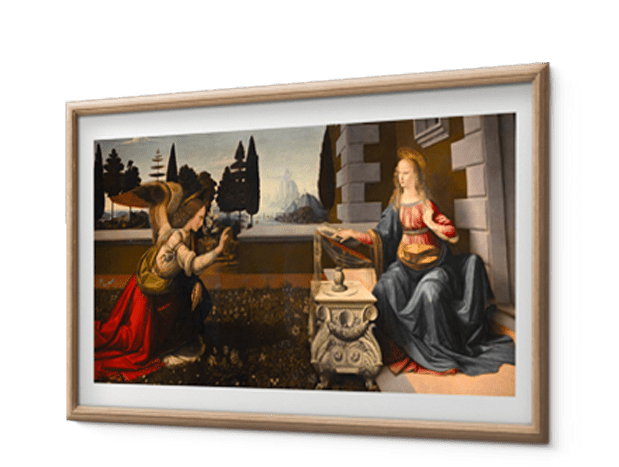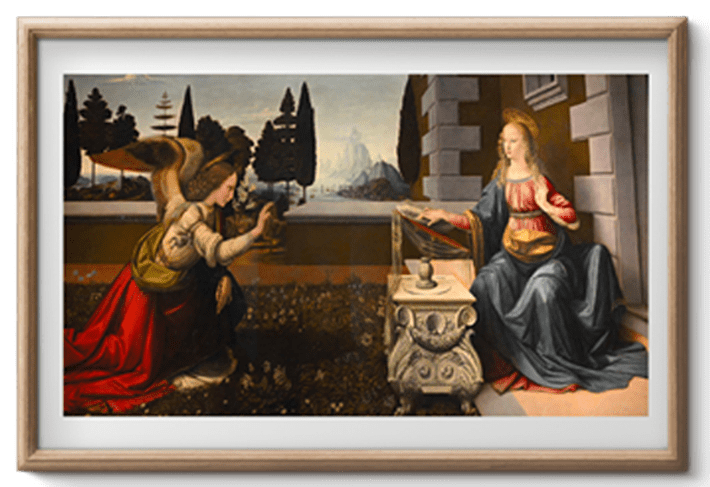Around half a millennia ago, a painter in his early 20s was working as an apprentice in the studio of Andrea del Verrocchio. The Church of San Bartolomeo a Monteoliveto, outside Porta San Frediano in Florence, commissioned a painting from the studio. The picture’s subject was vital to the Catholic Church, especially during the Middle Ages and Renaissance.
Verrocchio asked the young painter to begin the work on the painting, which would become his first masterpiece, as history will witness. The painter was a perfectionist and decided to visit the church where his painting would be displayed. The Vicar kindly showed him around and even pointed to the church’s right wall, indicating the spot on which his painting would showcase.
The painter had a keen eye and noticed a giant pillar a few feet away. He was sure the post would block the visitors from getting a full-frontal view of his painting. After returning to the studio, the young artist was eager to show his artistic prowess to his master and began working on his masterpiece.
The painter in this story is Leonardo da Vinci and this is the story of The Annunciation, his first significant work, albeit still under the tutelage of Verrocchio. The Annunciation of the Lord refers to the angel Gabriel visiting the Blessed Virgin Mary to tell her that she would give birth to the savior.
Da Vinci was ambidextrous! He used to draw with his left hand but used both hands when he painted. The painting drawn five centuries ago by this fledgling artist is still among the most talked about paintings of the renaissance period.
Like many of Leonardo da Vinci’s works, The Annunciation is also shrouded in mystery! His perspective of the Virgin Mary is not entirely correct. Her right hand rests on the reading desk, closer to the viewer than Mary herself. However, it is strange that Mary’s right hand is on the left side of the reading desk. In other words, her right hand is closer to the viewer than the rest of her body.
Did Leonardo make rookie mistakes? Was the young Leonardo still mastering the tricks of perspective? How can such a man who later became known as the great artist, scientist, sculptor, architect, and philosopher of his time, make such mistakes in his first major work?
Leonardo’s fascination with science often informed the methods of how he worked. By studying the anatomy of the human eye, he understood the relationship between light and pupil size. He realized that the pupil of the eye changes to as many different sizes as different degrees of brightness. He would sometimes paint during overcast days or the early evenings when his enlarged pupils would have a sharper focus.
Given his deep scientific understanding and developed senses, there has to be a reasonable explanation. Remember the painting’s original location on the church’s right wall and the pillar blocking the frontal view.
Leonardo adjusted the perspective to give the observer a better point of view.
The perspective is clear in front of this 3′ x 4′ painting in the Uffizi gallery in Florence, Italy. The aberration seems less evident if you observe the work from the right.
In the world of design-led thinking, this masterpiece by Leonardo stands tall, giving us lessons on how to factor in empathy, perspective, and context to provide a broader focus on the total user experience.

“Principles for the Development of a Complete Mind: Study the science of art. Study the art of science. Develop your senses – especially learn how to see. Realize that everything connects to everything else.” ― Leonardo da Vinci







